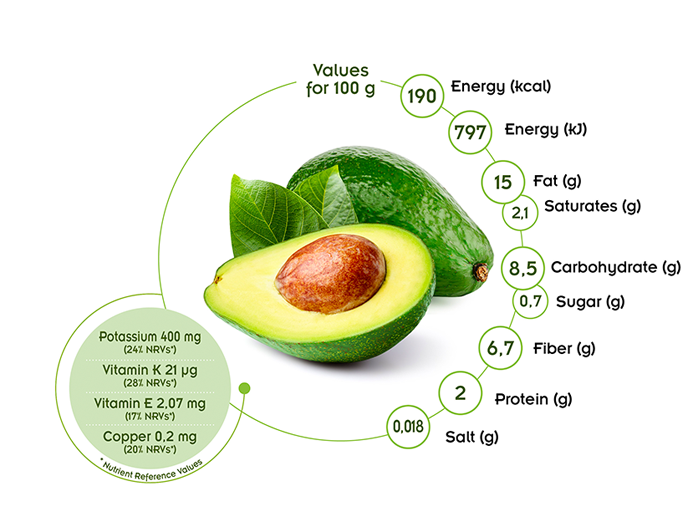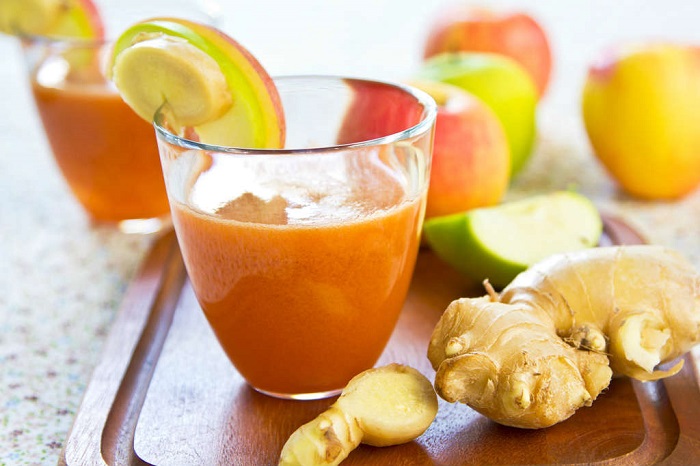
School can provide healthy foods for your child whether you bring them home in a bag or take them with you. For packed lunches, consider a sandwich made from whole-grain bread, fruit, yogurt, baked chips, or low-calorie dip. Avoid making unhealthy choices in the morning rush by packing your meals the night before. Also, pack snacks that your child will enjoy, such as a protein bar or a banana.
Some schools have policies that make it easier for students to choose healthy foods. Staff model healthy eating habits both during school hours as well as on special days. These policies support the curriculum standards and encourage healthy choices for lunchroom. This is an important step toward a healthy school. But you should also think about how easy it can be to encourage your child's choice of healthy food. Many schools offer a reduced-cost or free lunch program. By ensuring that your child has access to a nutritious lunch at school, you can give them the confidence to make healthy food choices.
No matter the school that your child attends, healthy food choices are important. Low-fat and fat-free milk are examples. Similarly, milk should be fat-free or low-fat. High-quality cheeses, as well as yoghurt, should be calcium fortified. For meat alternatives, you can try hard-boiled eggs, lean meat, or peanut butter. Some schools have nutfree policies. It is worth checking before you make a purchase.
School districts should adhere to federal guidelines regarding nutrition. Schools should restrict the consumption of milk and snacks machines to 100 percent fruit or vegetable juice, for example. There are eight ounces of limit on the amount of food students can eat. Higher-grade schools will have greater restrictions. So that children can be healthier, it is vital to offer healthy choices. You need to take into account the cost of the food.
Children will develop healthy habits that last a lifetime by eating nutritious foods at school. It will encourage healthy habits in the school as well as reinforce nutrition education messages from teachers. It will improve the relationships between students at their schools and encourage them towards healthier eating habits at home. It's easy to find a recipe that you like and have it shipped directly to your school. You'll be appreciated by them for taking the extra effort.

A lunchbox with healthy foods is another option. They will be able to focus and perform better throughout the day if they eat healthy food. This will help them connect with their school and reinforce their nutrition messages. Your child will also feel more comfortable if they have a healthy lunch at school. They will learn more about nutrition. Healthy food can have many other benefits for your child.
You should ensure that your child has a healthy and balanced lunch. Healthy foods will help keep your child active and focused throughout the day. They will be more alert and better able to concentrate, not only because they are tasty but also because healthy foods are delicious. It will provide them with the energy to carry out their daily activities. Good food will also make them feel better. You can buy ready-made meals and freeze them to make healthy lunches for your child to take to school.
Choosing healthy food for your child's lunch is a great way to help them make the best meal choices. The menu can be viewed with your child each week so you can keep track of what they eat at school. Ask your child which days they prefer to eat lunch, and then talk with them about healthy choices. You may find that your child is more interested making their own lunches depending on what age they are.

Help your child make smart choices at school by being concerned about his or her diet. Monitoring your child's eating habits will help you make sure they are more focused and healthier. Healthy food is vital for your child’s wellbeing and will help to prevent obesity. This can be done by discussing the nutrition information at school. It is a smart idea to discover what your child loves and what they don't like.
FAQ
How much does it cost to go to culinary school?
The cost of a culinary school depends on where you are, how much you study, and what program or course you choose. The annual tuition average is between $10,000 and $30,000 Students graduate with approximately $20,000 of debt. However, some programs offer scholarships, grants, and work-study opportunities.
How can I learn more about cooking?
There are many cooking classes available all over the country. You can find courses in baking, pastry and wine tasting at many schools. If you want to learn more about cooking, you can enroll in a class at a local community college or vocational school, or attend one offered by a private institution.
What are the qualifications to be a chef?
To become a chef, you must have a bachelor's degree in culinary arts. A number of ACF tests will be required. A certificate will verify your qualifications once you have met all of these requirements.
How do I become a Chef?
There are many routes to becoming a chef. Start by enrolling in a class at a vocational school or community college. You can then look into going to culinary school. The last option is to apply for a job as a paid intern.
What skills will I need to be able to go to culinary school?
You will need to know how to cook, understand food safety regulations, and be able work under pressure in order to become a chef. For a basic understanding of cooking, it is advisable to enroll in cooking classes at the local high schools or community colleges. Once you have mastered the basics of cooking, you will need to find work in a restaurant and catering company.
Can I learn to cook with my kids?
Yes! Yes, kids love to help in kitchen. It's a great way to teach responsibility and teamwork. Children can help with everything from washing vegetables to chopping onions. Children will love helping to cook if they are taught safe knife handling techniques.
Where can I find online cooking classes for free?
Numerous websites offer free cooking lessons. YouTube can be searched for videos showing you how to make different meals. You may have access to thousands upon thousands of recipes on some websites. The sites typically charge a monthly fee but you can test them for free for a period of 30 days.
Statistics
- On average, chefs earn $58,740 a year, according to the BLS. - learnhowtobecome.org
- In the United States, the category is estimated at $23.2 billion annually and is growing faster than the market. (washingtonpost.com)
- under 10 Kids have been taught that there is special food just for them, and Fiese says that 10 percent of kids will throw a tantrum if they don't get the food they want. (washingtonpost.com)
External Links
How To
How to make a perfect omelet
Omelets is one of my favourite breakfast foods. But how do you make them perfectly? There are many recipes and methods I tried, but none worked. Today, I'd like to share some tips with you in order to make delicious and fluffy omelets every day.
We should first know that eggs are very temperamental ingredients when making omelets. It is important that eggs are fresh from an organic market and kept cool until used. They must be kept cool, otherwise the whites will not form properly and the yolks may become runny. This can make your omelets look bizarrely colored. If you intend to cook your eggs immediately, it's best to use room-temperature egg.
Another tip is to separate your egg before adding it into the pan. The yolk and white should not be mixed together as this can cause the omelet's curdle.
You might burn the bottom of the egg if you place the egg directly on the stovetop. This could ruin the texture of your omelet. Instead, place the egg in the microwave for 10 second before you put it in the skillet. The microwave heat cooks the eggs just right without overcooking them.
Next, let's discuss mixing the eggs. You want to mix the eggs thoroughly before you add them. Turn the bowl upside down and grab the whisk to do this. Then shake the bowl vigorously. The egg will be thoroughly mixed in the bowl as the air is whipped.
Now comes the fun part - pouring the milk into the mixture. First, pour half of the milk into the beaten eggs and then fold the eggs gently into the remaining milk. Don't worry if there are still streaks of egg visible; these streaks will disappear once you flip the omelet.
After you have folded the eggs, heat the oil in a pan over medium heat. Once the oil has started to sizzle, turn the heat down to low. Once the oil begins to heat, add 1/4 cup butter and swirl the pan to coat it. Now carefully crack open the lid of the pan and sprinkle salt into the pan. Salt will prevent the omelet sticking to the pan.
Cover the pan once the omelet is formed and allow it to cool completely. Use a spatula to flip the omelet or turn the pan upside-down. Cook the other side for about a minute. Take the omelet out of the pan and immediately serve.
This recipe works best when you use whole milk.